
EGGLIA Rebirth Review - All it's cracked up to be?
Is this former mobile game sunny side up or rotten?
Transitioning a mobile game to a console release can be a bit of a tricky undertaking. Games created for the two platforms aren’t really made with the same design philosophies in mind, which means making a mobile game suitable for console play often requires massive overhauls that aren’t always done. Based on reputation alone, however, one could expect developer Brownies to be capable of rising up to the challenge. With their founders and staff credited on games such as Mother 3 and Square Enix’s Mana series, Brownies seems like they’d have the skills to successfully rework their mobile RPG, Egglia: Legend of the Redcap, into a proper console experience. In the end, I’d say they’ve achieved mixed success. Egglia Rebirth is a charming and enjoyable ride, but the core gameplay hasn’t been changed quite enough to reach full potential.
Egglia Rebirth kicks things off with a familiar plot premise; the protagonist has fallen out of a portal in the sky and crash-landed with no memory. Your player character, Chabo, is a redcapped goblin; a race feared and loathed by the other denizens of Egglia for their violent and destructive nature. Fortunately, Chabo’s horns have been broken, and as a redcap’s horns are the source of their aggression, Chabo has been left a peaceful and friendly fellow. Upon waking up, you are greeted by an elf and a fairy who explain the grave situation: a great war raged over Egglia and resulted in the world being broken up and hidden in magical eggs. These eggs must be found and opened in order to return Egglia to its former glory, and as luck would have it, redcaps are capable of cracking their shells.
The rest of the narrative is rolled out in small chunks, befitting a game originally designed to be played in short bursts. Each egg you obtain gives you a new location to be placed on the world map. Entering this location will have you traverse through three short levels, with a small cutscene following each one. After completing these three levels, you travel back to your town, which is where you’ll spend all your time in-between missions. As you progress through the game, more and more colorful characters will arrive in your village. Talking to them will fulfill specific side-quests, and also keeps the plot rolling until you get your next egg. The story is certainly nothing mind-blowing, but it gives you enough motivation to keep finding eggs and protecting your growing town, so it’s serviceable enough.
From a presentation standpoint, Egglia Rebirth is quite polished. It isn’t pushing the Switch to it’s graphical limits or anything, but the watercolor-reminiscent art style is warm and comforting. It reminds me of the painted illustrations of classic children’s books, full of bright pastels and detailed backgrounds, which is wonderfully fitting given the games blatant focus on fairy tale creatures. The score is a similar story; nothing revolutionary, but pleasant and perfectly fitting the game’s aesthetic and tone. The music is whimsically playful, and while it gets a bit repetitive due to a low quantity of tracks, I never felt the inclination to turn the sound off. The sound design overall is quite nice, with a particular highlight being the cartoon sound effects frequently used in character interactions. These are all delightful, especially the outlandish gongs.
The big cast of characters you’ll run into during your stay in Egglia are quite varied. They pull from all walks of fantasy, meaning you’ll encounter everything from elves and orcs to the most bizarre looking dog you’ve ever seen. The variety of races in Egglia is wonderful, leaving me motivated to keep playing, as I was truly excited to see what kind of fantasy monster was next. Unfortunately, the character designs of these beings are a little less rock-solid. At their best, they tend to be nice looking interpretations of the creature, if a little generic. At their worst, they can be, to be blunt, kind of hideous. I couldn’t explain what it is exactly, but something about the way fairies look just doesn’t sit right with me.
Redeeming these characters is the fact that much of their dialogue is genuinely funny. With a lot of surprisingly suggestive lines and self-referential quips that nearly smash the fourth wall, it’s a pleasure every time you get to see these magical weirdos talk. Sadly, their personalities are pretty one-note. Each character has roughly one solid personality trait that all of their dialogue revolves around, so, as much as I enjoyed interacting with them, they were a bit too simplistic for me to grow attached to.
The most important question about Egglia Rebirth, however, is how successfully the mobile gameplay has been adapted for consoles. At its core, Egglia Rebirth is a heavily simplified RPG. Clearing levels will involve navigating very small hex grid maps, encountering enemies and obstacles as you make your way to the exit. One of the most unique aspects of this game is the luck-based movement. At the start of each turn, you roll a die. The result of your dice roll determines not only how many spaces you get to move, but how powerful any interaction you make that turn will be. Rolling a six will deal far more damage to enemies or earn more loot from treasure chests than rolling a one.
You can really blitz through level after level very quickly, earning experience points and items easily. You’re constantly making progress at a fast clip, so the gameplay loop gets pretty addictive. It’s the type of game that’s hard to put down because it’s so easy to tell yourself you’ll just play one more level before you go to bed. That said, the dice mechanic seems like a definite negative, and brings the whole experience down considerably. Leaving both movement and attack power up to chance removes so much agency from the player. There’s no benefit to getting low rolls, which I think could’ve been a lot more interesting. Imagine if lower dice rolls gave less movement, but higher damage output, meaning a low roll would incentivize players to engage in combat, while high rolls would encourage them to run away. As it stands, whether you have a successful turn is entirely dependent on getting a good dice roll, which doesn’t feel very satisfying since it’s completely out of your control.
It also has to be said that levels blend together a lot. They’re so short that there simply isn’t any room for different layouts. While the types of enemies present change from map to map, none of them are very different from each other, making any changes almost entirely aesthetic.
Again, when not out in the wild, you’ll spend most of your time in town. You won’t be standing idly by, however. The proportion of time spent in the town versus dungeons is closer to even than you might think. This is due to the shockingly large amount of content found near your home, with a focus on interacting with the other residents.
Every member of your town has a relationship meter that you can increase by bringing them gifts, granting their requests for specific items, and completing their quests. Some of these quests have to be completed in order to keep the story moving, but others can be finished at your leisure. Bonding with your neighbors not only gives you experience points, money, and items, but boosts their relationship meter as well. A higher level in your friendship impacts another mechanic; the ability to bring two friends along on your adventures. These friends gather items as you explore, and a higher friendship level will mean more and rarer items.
Deeper still are the spirits, whose complexity I was thoroughly impressed by. Spirits come in five elemental types and can be obtained by making recipes with coins and items in the well. Each one can have either an offensive or defensive spell, and you can equip three of them before embarking on each level. They are the primary element that spices up combat, granting you more powerful attacks and bonus effects like healing and increased dice rolls. More impressive is how each spirit levels up independently of your character, and can even use gems to evolve once reaching max level. There are a great number of them, each with their own unique designs and interactions, including exchanges between spirits themselves. They’re a very fun addition, and a lot of the game’s flair rests on their shoulders.
There are a good deal of cosmetic changes to make in the village as well. You can design the interior of your house using furniture built in the shop, and completing certain side-quests will add more houses to your growing town. These features have less of a practical purpose, but it’s certainly nice to have them here, and fans of life simulators will definitely appreciate their inclusion.
As nice as all this sounds, there is something tied to each of these mechanics that will definitely be the most controversial thing about Egglia Rebirth. While the microtransactions present in the mobile version have been removed, real-time cooldowns are still present. Most of the aforementioned gameplay features have some aspect tethered to a timer. Your friends who accompany you in dungeons each have a morale meter, and if the meter fully depletes, you’ll be unable to bring that character into levels until a couple of real-world hours pass. Spirits are more heavily impacted, as almost every part of them is timed in some fashion. Summoning spirits from the well, growing potatoes to level them up, and earning gems to evolve them all have real-world wait times. It’s a jarring inclusion to see in a console game, to say the least.
All things considered, I’d say these timers are more of a problem on paper than in practice. In principle, I don’t like their presence here at all. Real-life waits represent the worst of free-to-start mobile games, and the fact that these weren’t removed for the console release is baffling. That said, they just don’t have a massive impact on gameplay here. You are able to skip the wait times with rare items, but I never felt it necessary to do that. The reason wait times didn’t bother me was that I rarely felt like I urgently needed whatever resource I was waiting on. The restricted items with the most frequent use case are the potatoes, but they have the shortest wait time at around 10-20 minutes total. To pass the time, I would just run a quick dungeon, and then my potatoes would be ready. Conceptually, I strongly dislike their inclusion in the console release, but I can’t deny that during my playthrough I wasn’t bothered by them very much.
Egglia Rebirth does unfortunately have a massive overarching flaw, and it isn’t the timers. The wait times not mattering that much is a symptom of a deeper problem: as impressive as it is that Egglia Rebirth has such a wide assortment of mechanics to explore, the game really isn’t difficult or complex enough to justify engaging with them heavily. The problem largely comes back to the dice rolling. It doesn’t matter which way you choose to play. If you buff yourself with high level friends and fully evolved spirits, you’re still dependent on rolling sixes. If you don’t bother optimizing your spirits, you’ll still clear levels easily if you roll sixes.
I didn’t pay much attention to which companion was most optimal for each level or which I had the highest friendship with. Instead, I just swapped them out more or less at random before they could get too tired. In spite of this, I never found myself in need of most items. In fact, almost every time I went to fulfill a character’s request, I already had at least one of the wanted items in my bag. In a similar vein, I didn’t grind out my spirits too much. I mostly stuck with the first ones given to you, only swapping out the water spirit to try other ones. With me manually leveling spirits up sparingly, and mostly relying on their natural experience gained from clearing levels, I still found them to be more than strong enough to get by. With no special focus or grinding, they still easily got me through the couple of times I found myself in a tight spot due to bad dice rolls.
Plainly put, the issue is that there’s nothing in the game anywhere near as powerful as good rolls. You’re not required to beat every enemy, or even any enemies to clear a dungeon, so, with high rolls, you can avoid combat all together by booking it towards the exit, easily sponging a few stray hits along the way. There’s certainly nothing stopping you from maxing out your friendship levels and building a collection of fully evolved spirits if you want to, but the game unfortunately doesn’t give much incentive to do so.
Playing Egglia Rebirth is like getting a full set of tools, then being told to use those tools to break an egg. Yeah, almost any tool in the box can get the job done. You could smash the egg with a hammer, pierce its shell with a screwdriver, or splatter it against the wall with a power drill. The thing is, you could also just ignore the toolbox and break the egg with your hands, achieving the same result faster, and with a lot less mess.
To be clear, that’s not to say I think Egglia Rebirth is a bad game. It’s far from it. The sticking point is that the game seems to be made with the intention of being a very deep RPG that should be grinded heavily, but the execution doesn’t give enough incentive to keep going with it. At around the three-hour mark, I felt about ready to wrap it up. Had I been playing the game only for myself, I likely would’ve stopped there, as I thoroughly enjoyed my time and felt like I’d seen all there was to be seen. If you’re looking for a difficult or story-driven experience, you’re better off looking elsewhere. If you’re in the mood for a funny, lighthearted RPG that doesn’t require too much heavy thinking, however, I’m confident you’ll have a wonderful time with Egglia Rebirth.
About brendan_tenkai
Brendan Trump is a features writer and game reviewer for GoNintendo. His opinions about everything are entirely correct.


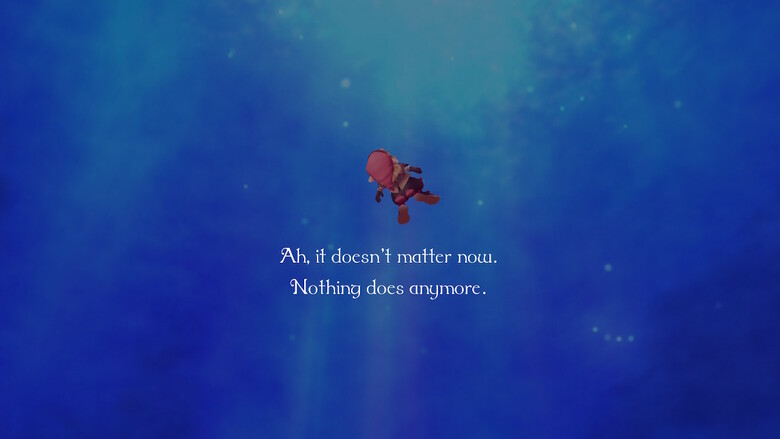



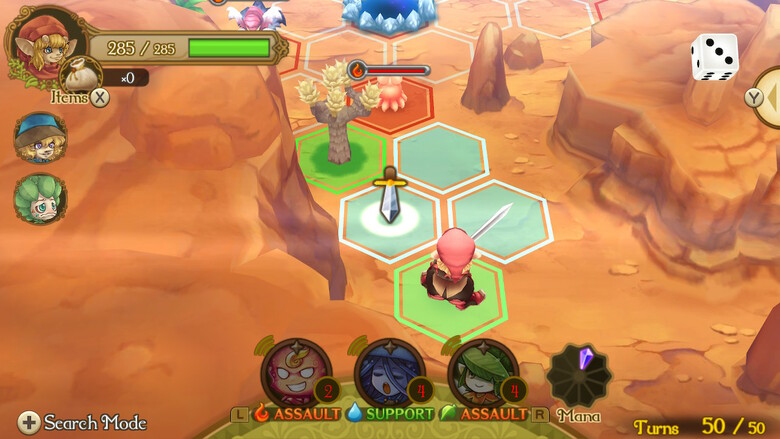


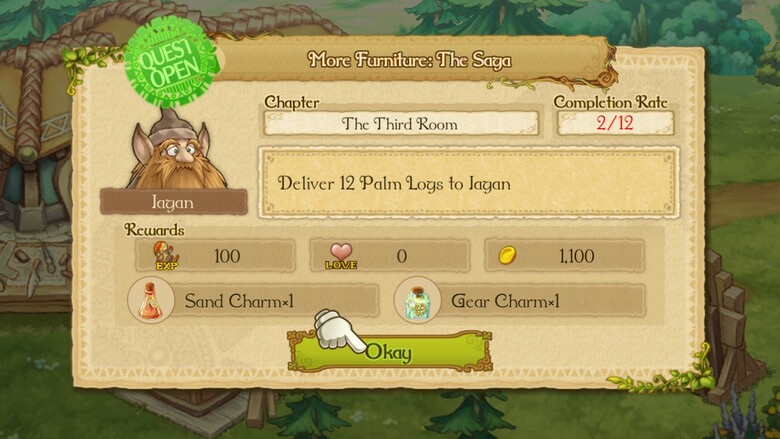

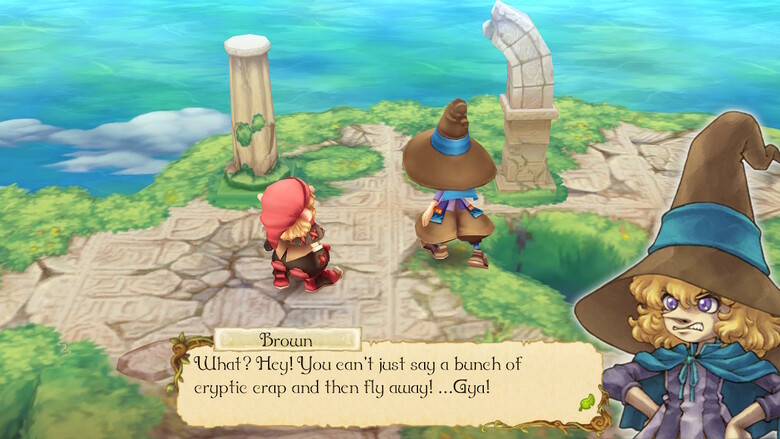
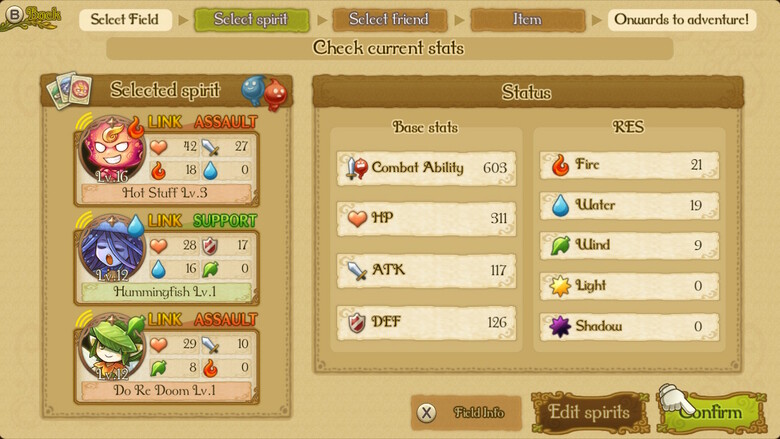
Comments (0)